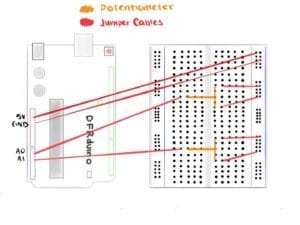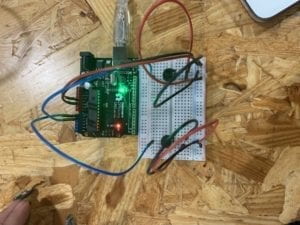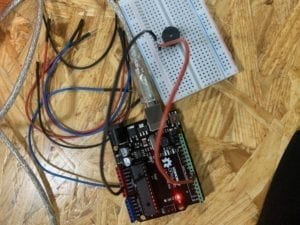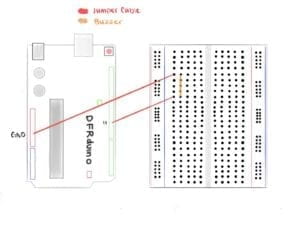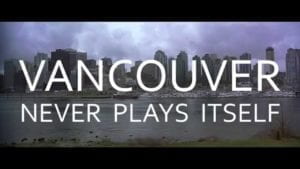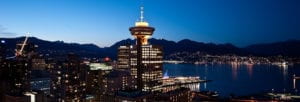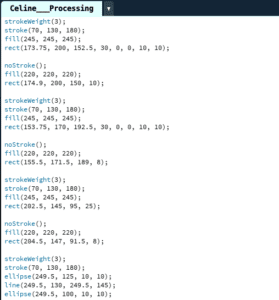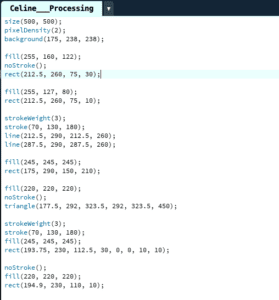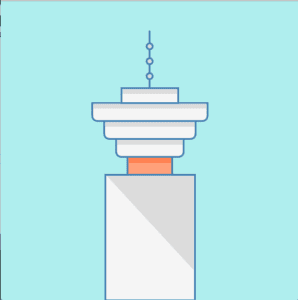Partner: Kenneth Wang
Title: Break Free (Working Title)
Project Statement of Purpose:
The main topic Kenneth and I have decided to focus on within our final project is that of self-empowerment and self-management. At first, Kenneth proposed the idea of recreating an Escape Room mechanism/game for our project as a means of invigorating fun and interaction, but since we wanted the final to harness a deeper meaning, we decided to run with the theme of mental illness as caused by stress and anxiety. Kenneth proposed the issue of mental illness to which I corroborated the proposition with the research I had conducted for another course earlier in the month.
NYU Shanghai is known for its academic excellence as substantiated by its expansive list of prestigious alumni, a factor that inevitably creates an atmosphere of rivalry and unease among students. To most individuals, this state of constant struggle creates never-ending drainage of energy from one’s body. According to a 2015 survey conducted by New York University, over 49 percent of its students reported struggling with creating a healthy balance between securing their mental health and fastening an education. A panel of private school experts, social workers, and guidance counselors interpreted that a major portion of the stress suffered by students at NYU was caused by parental pressure. Parents feel entitled to receive tangible results in return for the tuition they provide the university, results that directly reflect their children’s efforts in school. Thus, students are caught in a cycle of intensified demands and expectations as perpetuated by parents and the college system, one so long driven by societal standards that it can no longer be demolished. Students are forced to work as hard as adults and compete with peers to no end, leaving little to no time for relaxation or creativity.
This constant combining of demand and stress can cause various mental illnesses, various moments of self-doubt and a heart-wrenching collection of the silent screams for help. Our project will aim to help the students at NYU Shanghai — or all schools in general — fight against the demons known as stress and self-doubt. Hopefully, the escape room game that will incorporate problem-solving and nostalgic themes of self-love will allow the player to “break free” from their own cages, and break free of the restraints of stress.
Project Plan:
Mental illness and stress do not understand cultures nor races, they impact all members of society in a homogenous manner. Regardless of the size of the impact, we want our final project to encompass the themes of self-love and self-empowerment over one’s doubts and stress so that the user can engage in a cathartic resource. We will create a virtual escape room that “locks” the user in, confining them in a space filled with self-doubt and melancholy. The user will then have to find a number of hints and clues —riddles, images, memories— that each requires a number of interactive practices through the usage of potentiometers, buttons, cameras and so on. As the user continues to collect hints and derive riddles of their answers, the user will input the finalized code through a 2×2 button pad. If correct, the user will be “set free” from the room, but if the input is incorrect, the user will have to continue his or her search into the room. We will be considering the aspect of a 2 player suggestion, as a way of portraying that sometimes, we all need a friend around to help us in times of pain and suffering to fend off our antagonists.
For the main part, Kenneth and I will be working hand in hand throughout the entire project. Kenneth will be in charge of the Arduino while I will be managing the Processing factor. Together, we will cover other aspects of the project, such as design, physical fabrication, schematics and much more. We are still working out the details but we intend to include various factors that remind of the user of self-love and of self-identity, things that are difficult to maintain when studying at NYU Shanghai, moreover, so far away from home. Until the presentations and final project production dates near the middle of May, Kenneth and I intend to make use of as much time as possible, as soon as possible. We will have hopefully, completed designs by the end of the week, and have the boxes and physical attributes of the project, designed and fabricated by next week in order to meet the deadline before the fab lab closes on May 13. I want to have all measurements completed and finalized so that I won’t be panicking when I still require the fab lab but no longer have access to it. Following the physical fabrication of the project, Kenneth and I will go straight into the coding, making sure to order all of our extra material off of the internet as soon as possible, most likely during the course of next week in order to refrain from having to stress over its arrival date. I wish and hope that we will have our coding done and completed in the 3rd week of May, leaving ourselves ample time for us to put everything together and user test before the final deadline. I wish to complete everything by May 11 so that I do not have to stress over it over the weekend before presentations.
Context and Significance:
The projects I personally researched prior to the final project did not have major impacts over the proposal itself but did in fact, assist me in my redefining of the term, interaction. Instead, it was the additional information and research I conducted on the origins and effects of stress in an academic environment that helped shape our proposal. Through my understanding of the “Click Canvas” and the “Rain Room,” I can now create my own definition of interaction despite its known ambiguous nature. Interactive art must incorporate the presence of dialogue and collaboration between the artwork and the user, and perhaps, users. There must be, according to Crawford, at least two or more actors that participate in a constant cycle of input, processing, and output, each whom’s input would stimulate the other. There must be a clear understanding that reaction is not interaction, that harness a purpose to immerse the user into the interactive piece in order to exercise the priority and desire to provide users a good experience, further encouraging them to continue implementing input, to enact in a process that we call a dynamic cycle.
Our project will perfectly align with my personal definition, for two or more actors are indeed working together to achieve a common goal. As the user implements its input, the project will provide hints, clues, and indications of correct and incorrect answers as a means of encouraging the user to continue interacting. Our project is significant for it takes into consideration the importance and dangers of stress and anxiety as perpetuated by a highly competitive environment in combination with escalating demands and distressing societal standards. It will teach users of the importance of self-empowerment and show them how with courage and reassurance, they can overcome their fears of failure and such in an academic presence by prioritizing happiness and mental health over all others. Though it is intended for the students at NYU Shanghai, we believe that the project can be of interest and use to all members of society who wish to further understand their struggles with stress. We hope that our project will assist all users, regardless of the size of the impact, and hope that it will provide inspiration to projects in the future that can also help individuals struggling to face their stress and anxiety in the face with authority and confidence.
